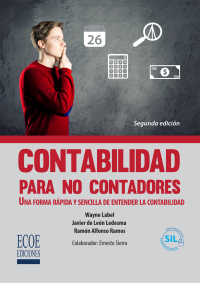Question
Which statement is true concerning the eliminating entries required for intercompany sales of land from a subsidiary to its parent? A. If the subsidiary sold
Which statement is true concerning the eliminating entries required for intercompany sales of land from a subsidiary to its parent?
| A. | If the subsidiary sold the land to its parent in 2017 at a price that is less than the subsidiary's book value, and the parent still holds the land in 2020, the eliminating entry for 2020 will reduce the land's carrying value. | |
| B. | If the subsidiary sells the land to its parent in 2019, and the parent still holds the land at the end of the year, the eliminating entries for 2019 include an adjustment to the subsidiary's beginning retained earnings balance. | |
| C. | If the subsidiary sold the land to its parent in 2019 and the parent sells the land to outsiders in 2020, no eliminating entries are required in 2020. | |
| D. | If the subsidiary sold the land to its parent in 2017, and the land was sold to outsiders by the parent in 2019, no eliminating entries are required in 2020. |
A subsidiary has previously unreported brand names valued at $50 million at the date of acquisition. The brand names have an indefinite life. It is now the end of the second year since acquisition, and you are consolidating the accounts. The subsidiary still owns the brand names. Impairment testing reveals that the brand names were impaired by $5 million in the first year and $7 million in the second year. The amount by which the brand names are recognized in eliminating entry (R) is:
| A. | $38 million | |
| B. | $45 million | |
| C. | $50 million | |
| D. | None since the brand names have an indefinite life |
A parent sells merchandise to its subsidiary at a markup of 20% on cost. In the current year, the subsidiary had $120,000 in merchandise purchased from the parent in its beginning inventory. During the current year, the subsidiary paid the parent $720,000 for merchandise, and sold merchandise purchased from the parent to outside customers for $870,000. At year-end, the subsidiary has $180,000 in merchandise purchased from the parent in its ending inventory. What is consolidated cost of goods sold?
| A. | $ 660,000 | |
| B. | $ 600,000 | |
| C. | $1,150,000 | |
| D. | $ 550,000 |
Step by Step Solution
There are 3 Steps involved in it
Step: 1

Get Instant Access to Expert-Tailored Solutions
See step-by-step solutions with expert insights and AI powered tools for academic success
Step: 2

Step: 3

Ace Your Homework with AI
Get the answers you need in no time with our AI-driven, step-by-step assistance
Get Started


